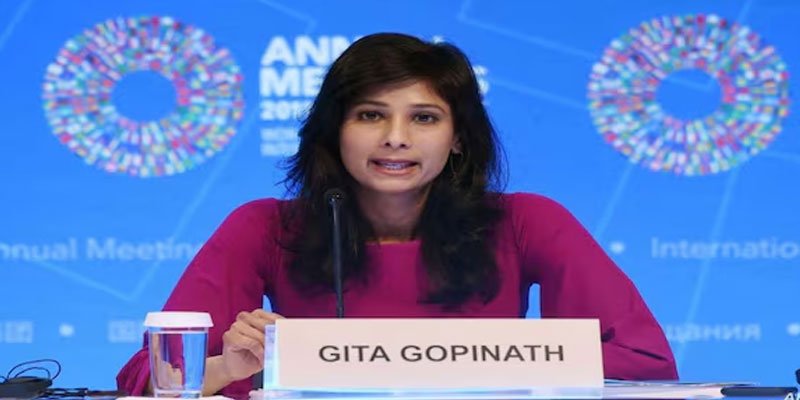
False Link: Delhi Couple’s Vacation Video Misused After Pahalgam Attack
How a joyful vacation clip was twisted into a false narrative amid national tragedy, and what this reveal about our digital responsibility
False Claims Amid Tragedy: Viral Video Misrepresents Reality
In the aftermath of the devastating terror attack in Pahalgam, Jammu and Kashmir, on April 22, which claimed 26 lives—many of them innocent tourists—a video began making rounds on social media, purportedly showing the final moments of Navy officer Lieutenant Vinay Narwal and his wife. The footage, which depicted a couple dancing joyfully against the scenic backdrop of Kashmir, was falsely shared as a poignant tribute to the officer’s last moments before his tragic death.
The video was originally posted by an X (formerly Twitter) user, '@RealBababanaras', who claimed it was the last video of Lt. Narwal and his wife. "Pak will pay for this. #PahalgamTerroristAttack," read the emotionally charged caption. The post amassed over 36,000 views before its veracity came into question.
Pahalgam Terror Attack: A Nation in Mourning
On April 22, militants carried out a brutal assault in the picturesque town of Pahalgam, leading to the deaths of 26 people, including tourists and security personnel. The attack was widely condemned, and the Indian government vowed a swift and strong response. Lieutenant Vinay Narwal was among the brave souls who lost their lives. As the nation mourned, emotions ran high—creating fertile ground for misinformation to thrive.
Debunking the Misinformation: The Truth Behind the Viral Clip
Upon investigation, it was revealed that the video in question did not feature Lieutenant Narwal and his wife. Instead, it showed cricketer Ashish Sehrawat and his wife, Yashika Sehrawat, enjoying a recent vacation in Kashmir. The video had been posted to reassure their friends and family after the attack, but it was misappropriated and falsely linked to the terror victims.
Ashish Sehrawat clarified on Instagram: “Hey guys, we are alive… the video was misused by multiple pages and news channels, falsely claiming it was the last video of late Vinay Sir and his wife.” The couple received a surge of hate messages and were compelled to take the video down. “It’s shocking to see even reputable news channels using unverified content for views,” he added.
Further verification was conducted using tools like InVid and Google Lens, which confirmed the video's origin. PTI Fact Check also reached out to Yashika, who reiterated that the video was their personal memory, not a documentation of tragedy.
The Dark Side of Virality: When Emotion Overpowers Verification
This incident underscores a troubling pattern: how misinformation thrives on emotionally charged content. In times of national grief, people are more susceptible to believing content that feels emotionally resonant—often bypassing critical thinking or fact-checking.
Social media platforms, once hailed as democratizing tools of information, now often act as accelerants of misinformation. When false content like this goes viral, it not only disrespects the memory of the victims but also causes distress to unrelated individuals dragged into the narrative.
Responsibility in the Digital Age: Combating the Spread of Fake News
To prevent such incidents, a multi-pronged approach is necessary:
·Platform Accountability: Social media platforms must deploy stricter AI moderation to flag and suspend misleading or emotionally manipulative content early.
·Media Literacy: Users must be educated about basic verification tools (like reverse image searches) and encouraged to pause before sharing emotionally charged posts.
·Verified Information Channels: News organizations should adopt a “confirm first, publish later” approach, especially during crises.
·Legal Measures: Penalties for wilfully spreading fake news—especially when it results in social disturbance—should be clearly defined and enforced.
Truth Is a Responsibility We All Share
The misuse of the Sehrawat couple’s joyful vacation video as a tragic farewell speaks volumes about our current digital ecosystem. In our pursuit of quick information and emotional gratification, we risk losing the truth—and our empathy. We must remind ourselves that behind every viral video or post is a real person, a real story, and often, a real consequence. Digital responsibility isn't just a tech policy—it's a societal necessity.
(With inputs from agencies)











